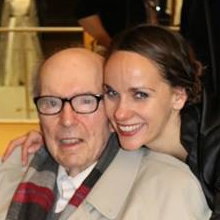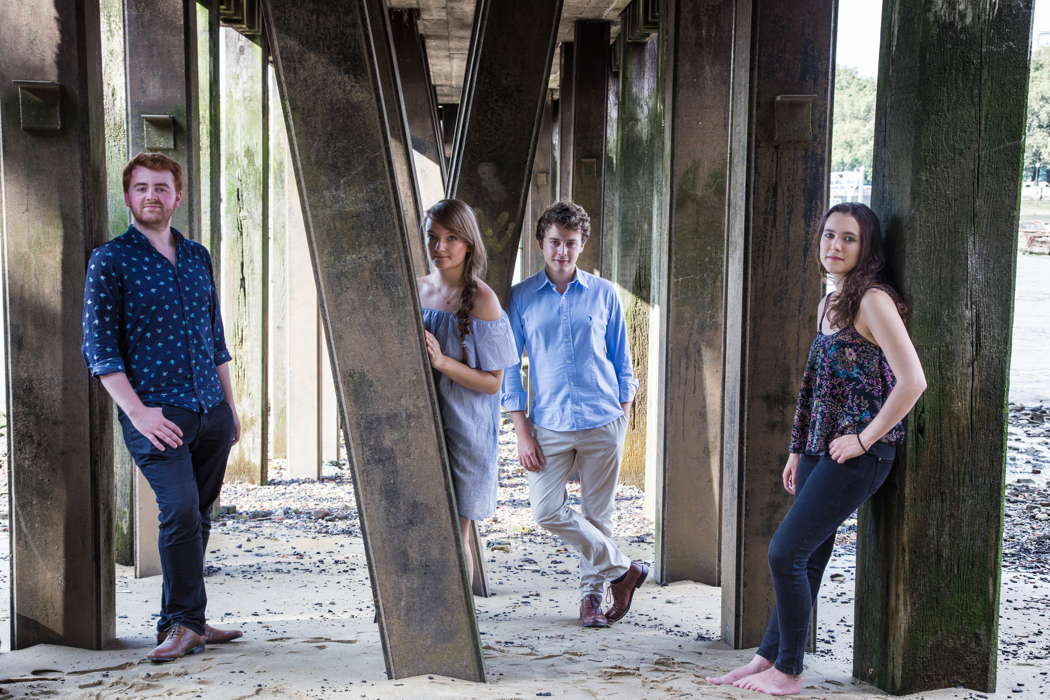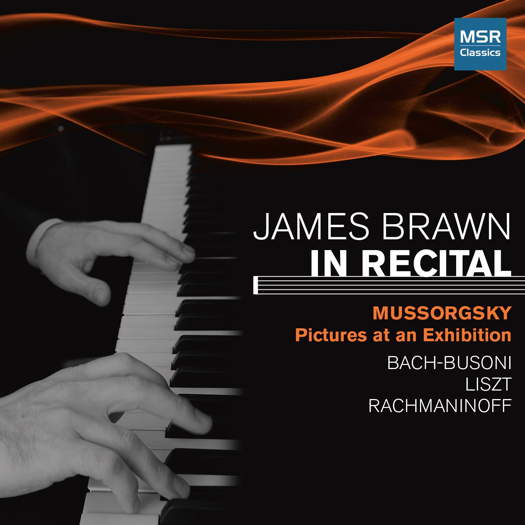 SPONSORED: Ensemble. A view from the pit - John Joubert's Jane Eyre, praised by Alice McVeigh.
SPONSORED: Ensemble. A view from the pit - John Joubert's Jane Eyre, praised by Alice McVeigh.
All sponsored features >>
Eloquently Projected
MIKE WHEELER is impressed by the Fitzroy Quartet's performance of music by Haydn, Mozart, James MacMillan, Arvo Pärt and Beethoven
In the Fitzroy Quartet's hands, Haydn's B flat String Quartet, Op 33 No 4, didn't so much begin as sneak in. It was an ear-catching start to a pert, lively performance marked by both the players' extraordinary rapport, and the clarity of their textures.
The sprightly approach continued into the scherzo; this, in turn, highlighted the shadowy nature of the minor-key trio section. In the third movement, the gaps that break up the musical line made their full effect, suggesting an underlying hesitant character to the music. The cello's comments at the end seemed to breathe an air of philosophical wisdom. There was more Haydnesque mischief in the finale, with hints of folk-fiddling along the way. At the end the music starts to break up, and the tongue-in-cheek pizzicato ending was thrown off with wit and panache.

The Fitzroy Quartet
In Mozart's C major Quartet, K 387, again, every detail was keenly observed. While it is on a bigger scale than the Haydn, the performance established points of contact with Mozart's older colleague, not least the clipped little march figure that provides the first movement's delightfully understated ending. There was humour in the Minuet's off-the-beat accents, and the players allowed the stark unison opening of the trio to make its point without fuss. The deeper currents below the third movement's playful surface were laid bare, punctuated by Haydnesque silences. (By now it was becoming clear that this programme was more artfully put together than first appeared.) The fast finale starts with what pretends to be a slow introduction – a lesson from Haydn that Beethoven would also learn well. The quartet's crisp articulation propelled the music forwards without rushing it off its feet with, again, some telling silences, and a false ending to stand beside any of Haydn's.
Two short contemporary pieces, both of them quiet and introspective in their different ways, began the second half. In James MacMillan's memorial to a deceased colleague, Memento, melodic lines with their roots in Hebridean psalm-singing shadowed each other to create a fragile sound-world. It led without a break into the more active but also more ritualised world of Arvo Pärt's Summa, a contrast eloquently projected here.
Beethoven's E flat Quartet, Op 74, 'Harp', gave us another quiet opening, this time leading to a full-blown slow introduction. The fast music set off briskly, and boldly projected, which threw the more mysterious passages into sharp relief. The pizzicato writing which gives the quartet its not very convincing nickname - it sounds nothing like a harp to my ears - bubbled away, and the quiet lead into the first-movement coda was positively furtive. The second movement really flowed and, as in that of the Mozart, the attention to surface detail didn't obscure the underlying motion. The third movement was taken at an almost dangerously fast tempo, especially the trio section, but it worked brilliantly. At the end, as the music receded to some remote region, the matter-of-fact good humour the players found in the concluding theme and variations was the perfect response. The acceleration into the fast coda was paced with a sure touch.
Copyright © 14 March 2022
Mike Wheeler,
Derby UK




